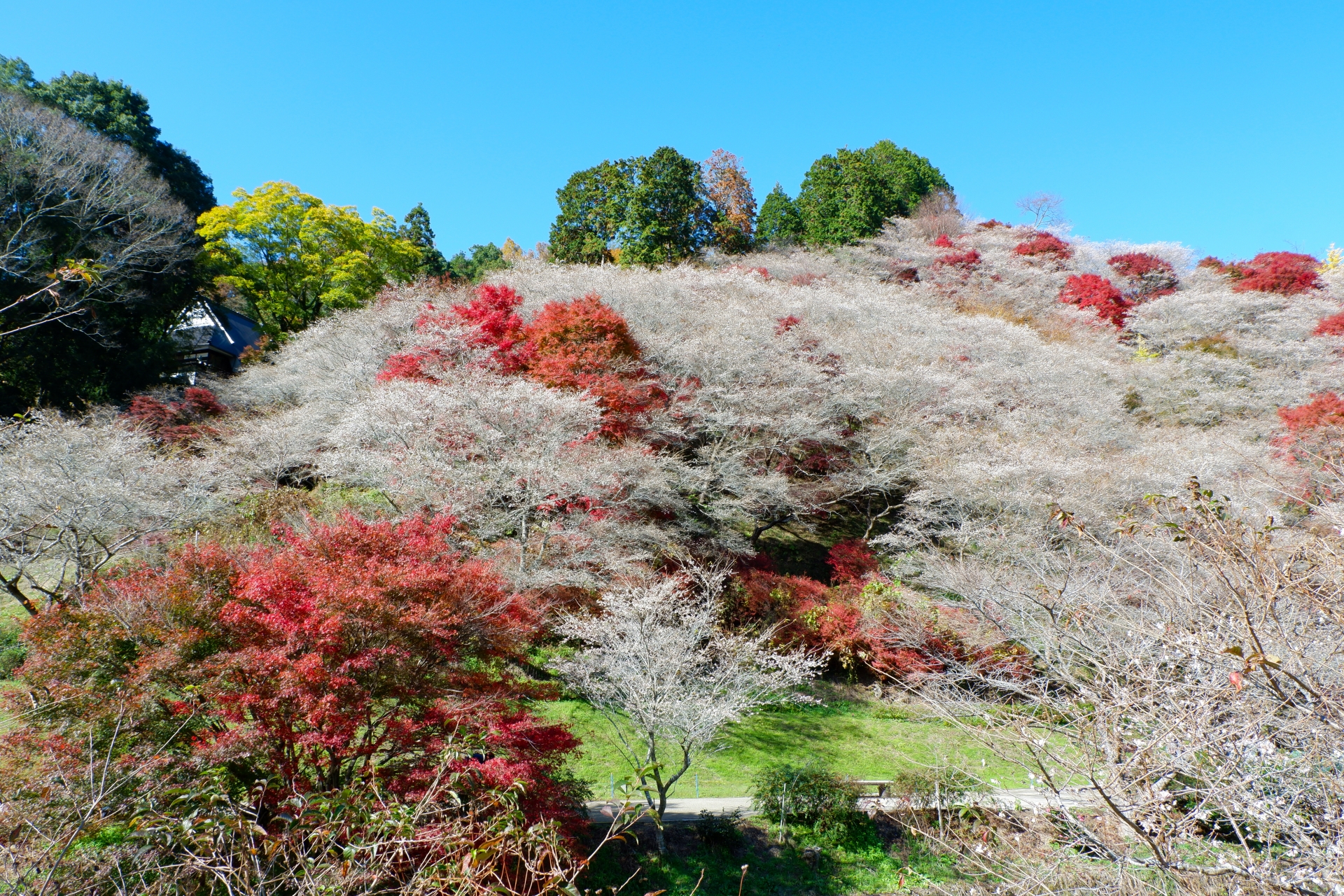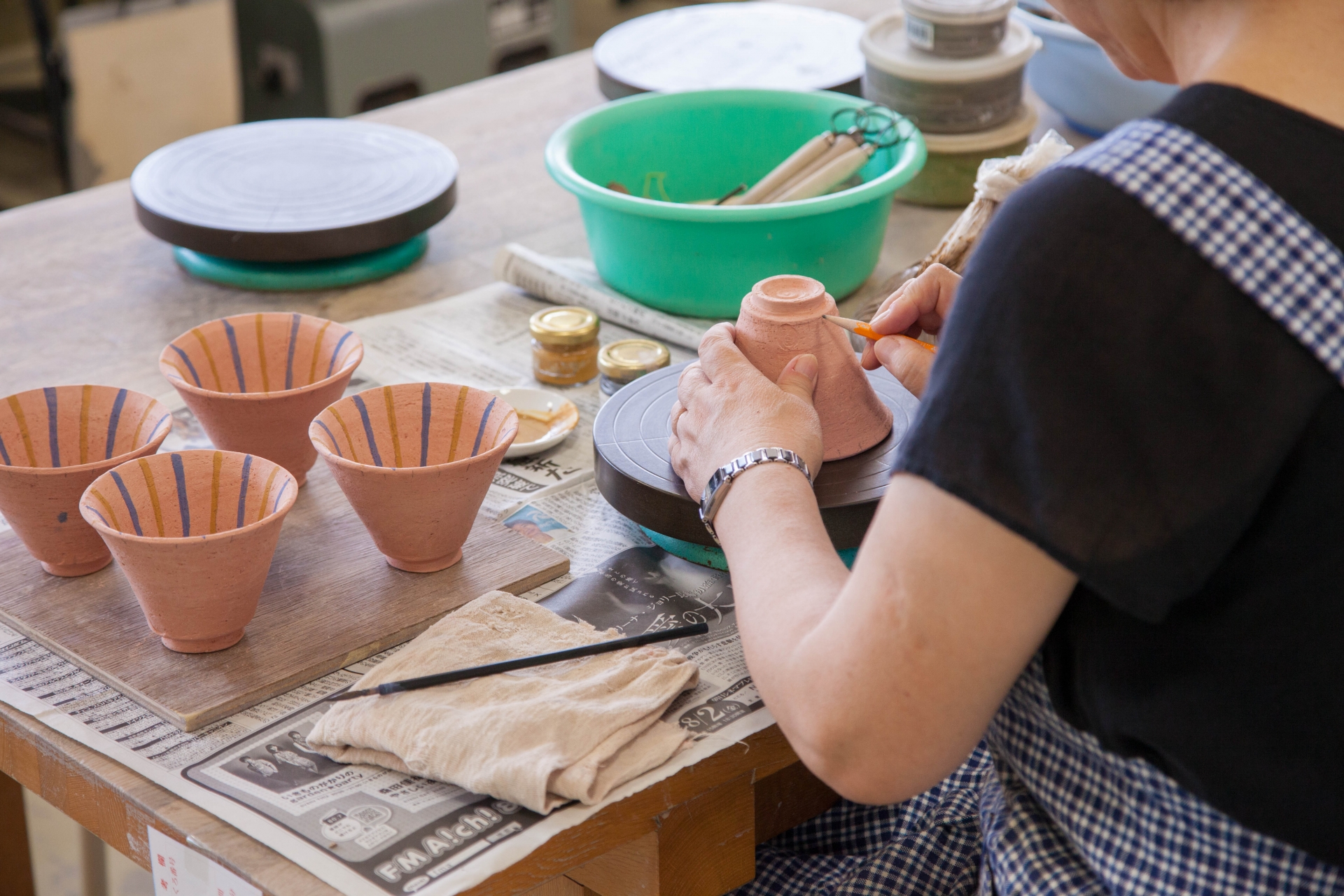Just like in most countries in a temperate climate zone, Japan has four distinct seasons. Many Japanese people get very excited about the special treats and attractions that each season brings, and that strong connection with the seasons goes way back. Even in the Heian Period, the noblemen had picnics under the blooming cherry blossom trees, a ritual that is still repeated each spring and now for everyone. Each season has its own charms, and there are many ways to enjoy the seasonal attractions throughout the year. Let’s take a tour of all 4 seasons of Japan and the best ways to enjoy them!
Spring in Japan
The season that is probably most highly anticipated in Japan is spring. The cold winter weather and long dark evenings make way for more daylight and slightly warmer temperatures, and nature wakes up again. Spring starts early in Japan with the plum blossoms that start blooming as early as mid-February. They herald the approach of the cherry blossoms that make their way through Japan from late February in Okinawa until late April in Hokkaido. Hanami picnics are held in parks throughout the country in this cheerful period, and there are many tasty seasonal treats available with a sakura theme.
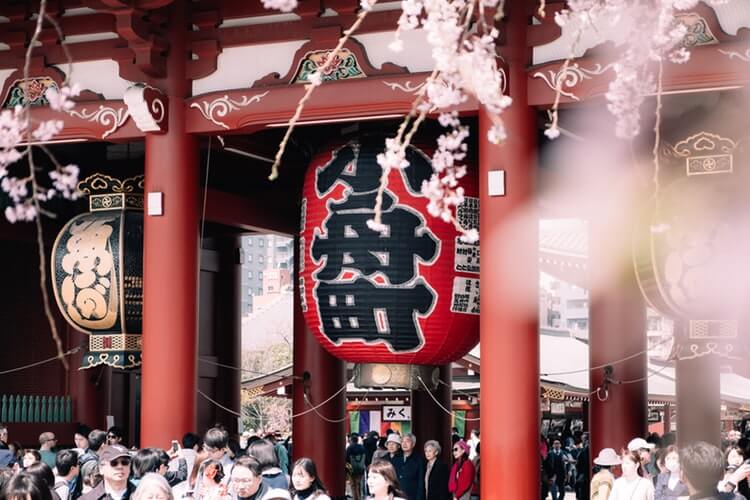
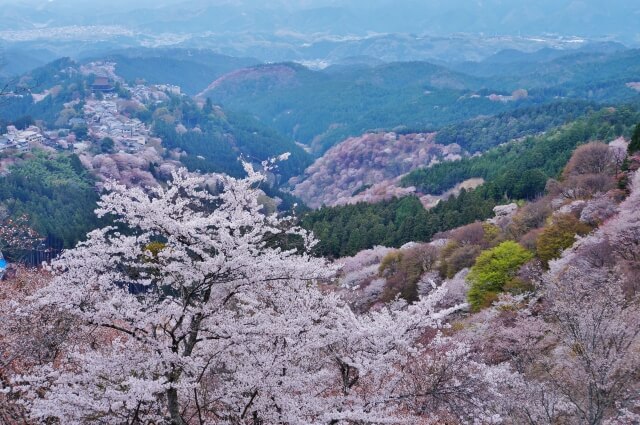
There are also quite a few Japanese national holidays that happen in spring, during which there are a lot of festivals and other activities being held everywhere. Keep an eye out for the doll displays of the Hina matsuri in the first week of March, the flying koi banners of kodomo-no-hi throughout April and the first week of May, the Takayama Festival in the middle of April, and the geisha dances of Miyako Odori that are held in April in Kyoto. Furthermore, May is one of the best months to go to the gorgeous Ashikaga Flower Park as you can see the blooming wisteria at this time. And are you a beach lover? From mid-March to early April, it is the official beach opening season in Okinawa, meaning that it is warm enough to swim if you don’t mind a bit cooler temperatures.
Summer in Japan
Summer in Japan means that the temperatures will reach highs of 30 degrees Celsius (86 degrees Fahrenheit) or more most of the time. It can be rainy at times, but most of the season it will be warm, humid, and sunny. To survive the humid summer heat there are many traditions in place. People in Japan enjoy the summer in various ways; they go to the beach, climb Mt Fuji, go hiking in areas with a higher elevation to beat the heat, and go camping. If you’re lucky, you may even see fairy-like fireflies outside of the city in the summer!
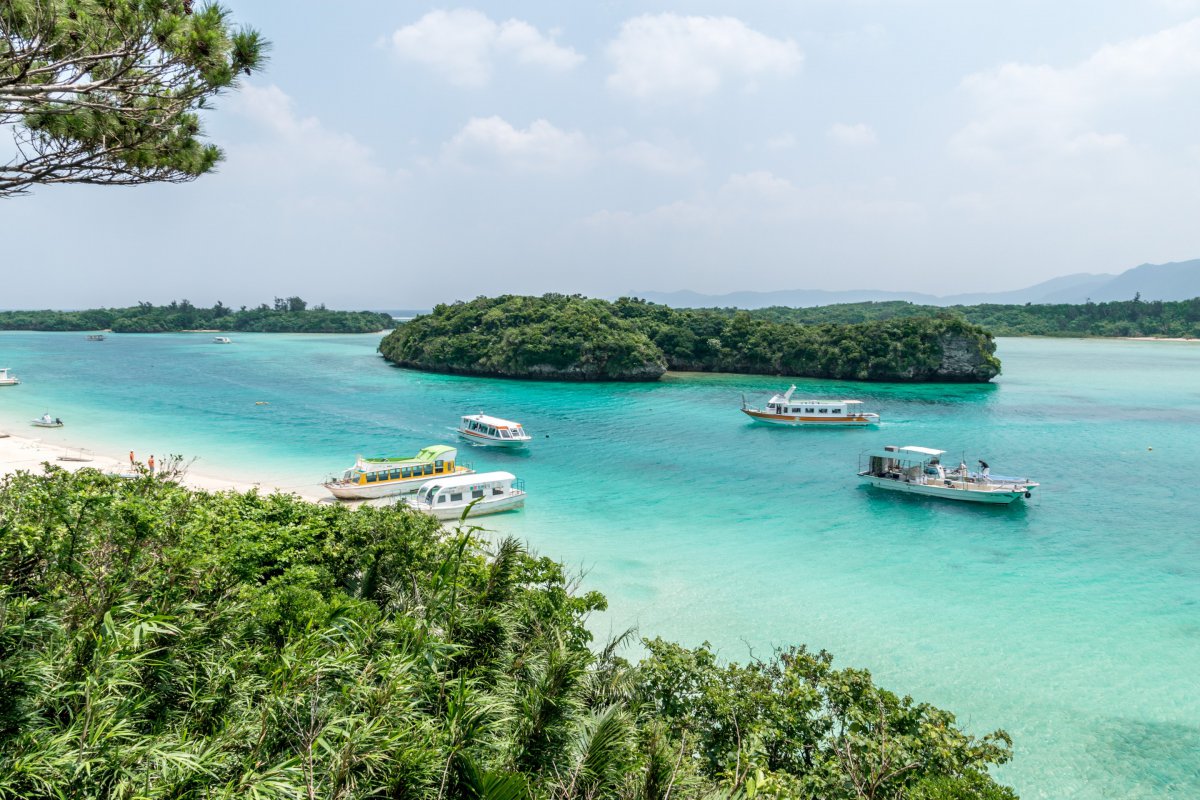
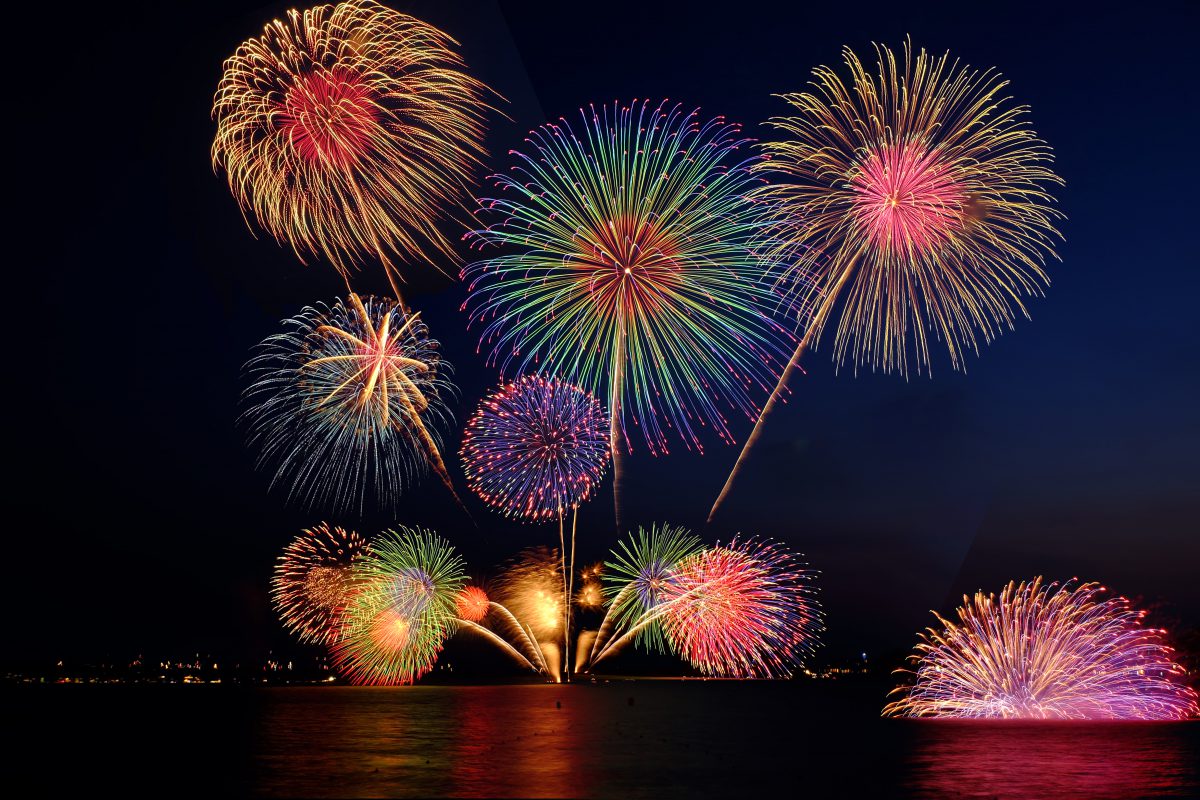
Another highlight of the summer are the many festivals, some of which feature amazing firework shows. It is a great chance to enjoy typical festival foods like yakisoba and dango, traditional performances, and wearing a yukata with your family and friends. Hokkaido is an especially good prefecture to visit during the summer, as the temperatures are usually a bit more agreeable and the flower fields of Hirano and Biei (Farm Tomita) are one of Japan’s most stunning sights. As for our favorite Japanese summer snacks, you can’t miss out on kakigori, and other unique ice cream flavours in Japan, and summer wagashi like mizu-yokan.
Autumn in Japan
From mid-September, the temperatures slowly start dropping and apart from the occasional typhoon the weather is usually very comfortable. Another big plus about the autumn in Japan are the famously beautiful fall foliage colors that spread over Japan between mid October and early December. Areas that are beautiful throughout the year take on an extra level of splendor when the trees color deep red, orange, and bright yellow. Famous destinations such as the Silver Pavilion and nearby Philosopher’s Path in Kyoto or Mt Takao near Tokyo become even more photogenic in the fall, as well as Japanese landscape gardens. Day trips to places like Nikko, Hakone, and Nara are also very popular in autumn.
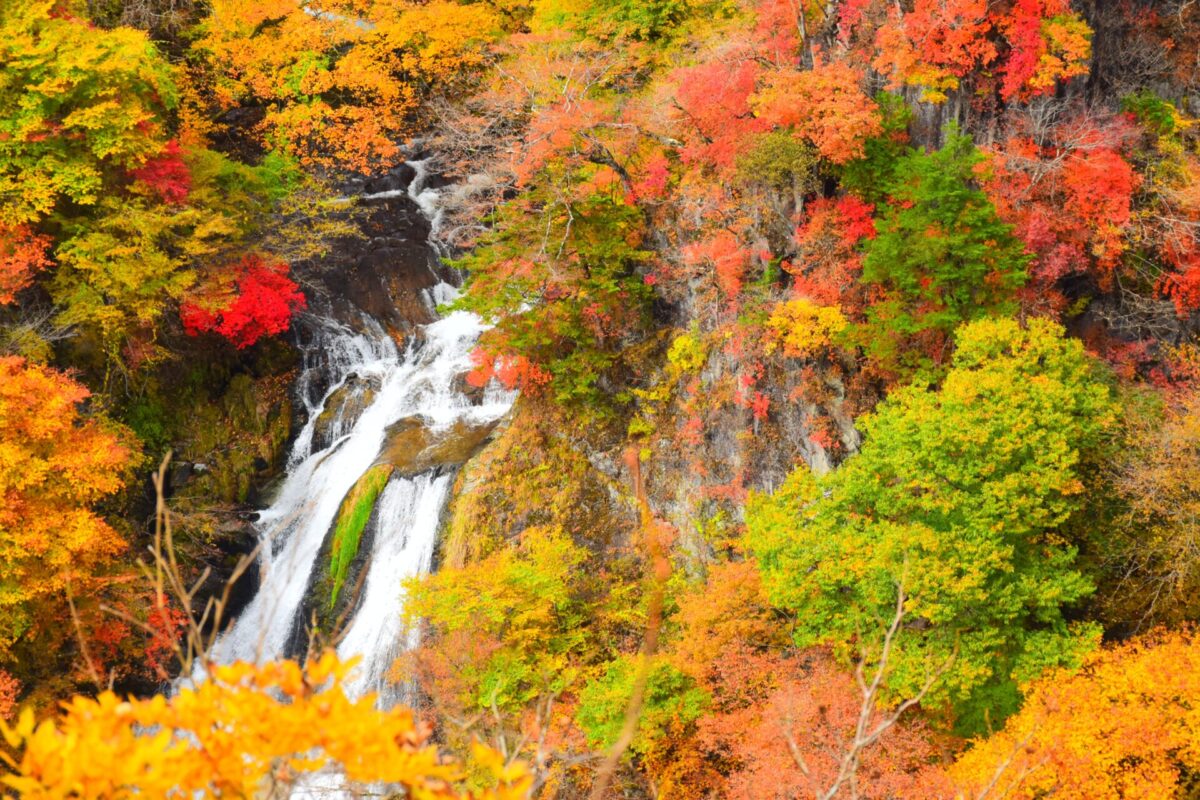

And while most illumination events happen in winter, some of these light-up extravaganzas already start in November. Exclusive fall foliage light-ups also happen in some Japanese gardens like the Rikugien and Otaguro Park in Tokyo. Just like in other places in the world with a temperate climate, autumn is the time of harvesting fruits and vegetables. Especially fruits like grapes and kaki are delicious, and on some farms in Japan they allow you to pick them and eat all you can during picking.
Winter in Japan
The winter in Japan kicks off with a 1 or 2 week vacation around the New Year holidays, but not before Christmas is enjoyed Japanese-style. It gets cold in most parts of Japan during the winter, with only Okinawa being spared the sometimes freezing temperatures. While tourist hot spots like Tokyo and Kyoto don’t get much snow if any at all, there are also areas in Japan that get plenty of it during the winter. This makes Japan a great destination for winter sports between late December and April. Hokkaido and Nagano are world-renowned for their high class snow resorts, and whether you are a beginner or expert, there are slopes to be found for everyone. Even if you just want to go skiing for a day from Tokyo, you can go to Gala Yuzawa comfortably and conveniently. plus you will have the unique experience of taking the Shinkansen to the ski slopes!
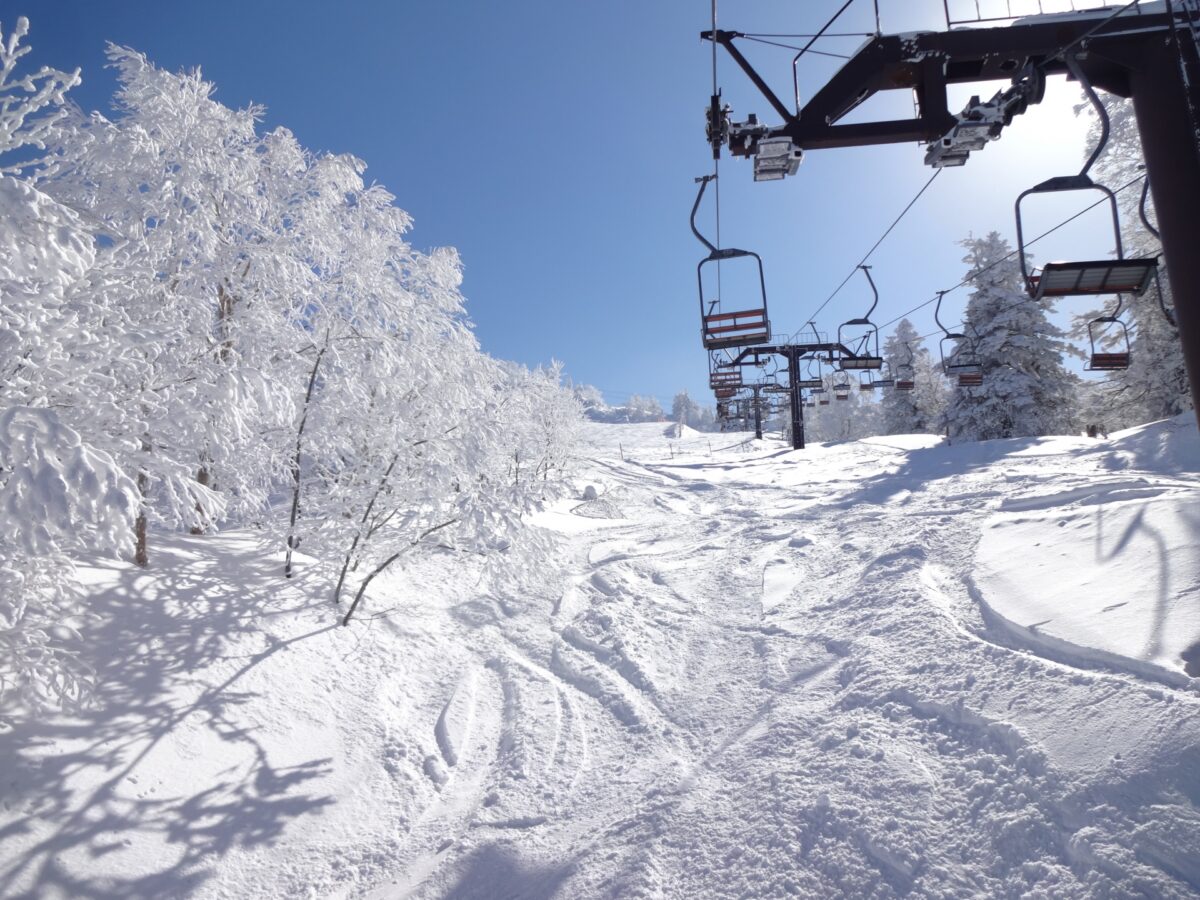
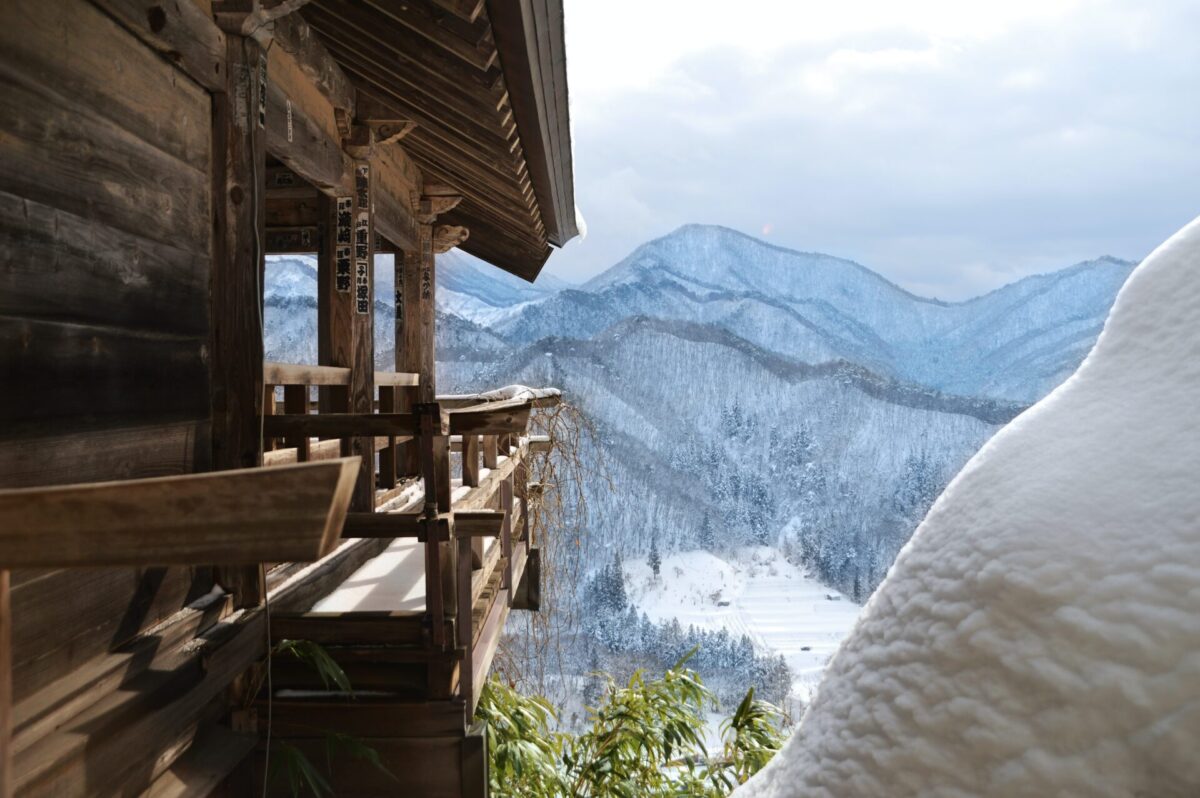
But there’s more to do in Japan during the winter! Some attractions in Japan are only available in the winter, like the snow monkeys in Nagano and the otherworldly Kamakura Snow Hut Festivals. Picturesque destinations like Shirakawago also get an extra dose of magic when they are covered in snow. As mentioned before, winter illuminations are also largely taking place between December and February and they are magical for young and old alike. And let’s not forget about relaxing in an onsen hot spring bath which feels best with a warm body and a cool head from the winter air. Life doesn’t get much better than that! Typical winter dishes include delicacies like crab, sukiyaki, and oden.
Traveling in Japan
No matter when you come to Japan, all seasons have something special to offer to travelers. The most popular season to travel to Japan has traditionally been the spring, when the cherry blossoms are blooming. But we definitely recommend potential travelers to also consider traveling to Japan in the summer, autumn, or winter. Especially in the winter, Japan is much quieter than usual and you will enjoy much smaller crowds in popular tourist highlights. If you are interested in visiting seasonal highlights during your trip to Japan, booking a private tour is a great choice. Your private guide can craft an itinerary to fit your interests and requests. We organize private tours in cities like Tokyo, Kyoto, Osaka, Nara, and Hiroshima. Also if you are looking for a special experience, we have interesting tours on offer such as food tours and a tour in the disaster area in Fukushima.
Follow us on Instagram, Facebook and Twitter for more travel inspiration. Or tag us to get featured!
Happy travelling!
Other articles you might enjoy

Stefanie Akkerman moved from the Netherlands to Japan in 2013 with her Japanese husband and son. She jumped into the niche of Dutch tour guiding in Tokyo and Kamakura in 2015 and occasionally writes articles about all the great sights and activities Japan has to offer. She loves (Japanese) food, and to work that all off she goes diving, snorkeling, cycling, or hiking.
This post may contain some affiliate links. When you click through and make a purchase we may receive some commission, at no extra costs to you.
